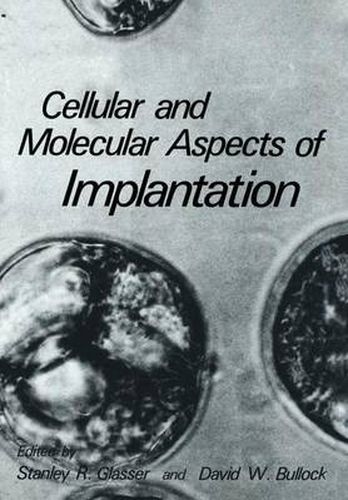Long was I hugg’d close-long and long. Immense have been the preparations for me, Faithful and friendly the arms that have help’d me. Cycles ferried my cradle, rowing and rowing like friendly boatmen. For room to me stars kept aside in their own rings, They sent influences to look after what was to hold me. Before I was born out of my mother, generations guided me, My embryo has never been torpid, nothing could overlay it. -Walt Whitman, Song of Myself The womb is the seat of all mammalian life. In pregnancy, the uterus acquires this impor- tance with the arrival of the fertilized egg, which takes up residence for periods ranging from about 2 weeks in the opossum to about 2 years in the elephant. The arrival of the embryo signals a crucial time for the establishment of pregnancy. For several days the blas- tocyst remains free in the uterine lumen, where it depends on uterine secretions for its sur- vival and differentiation. During this time, essential changes in the endometrium take place in preparation for attachment of the blastocyst and implantation. Early embryonic loss is an economic problem of global proportions in animal husbandry, where, in pigs and cattle for example, some 30% of all fertilizations fail to result in a pregnancy. In humans this figure may be even higher, and estimates of early spontaneous abortions range from 40 to 60% of all conceptions.





